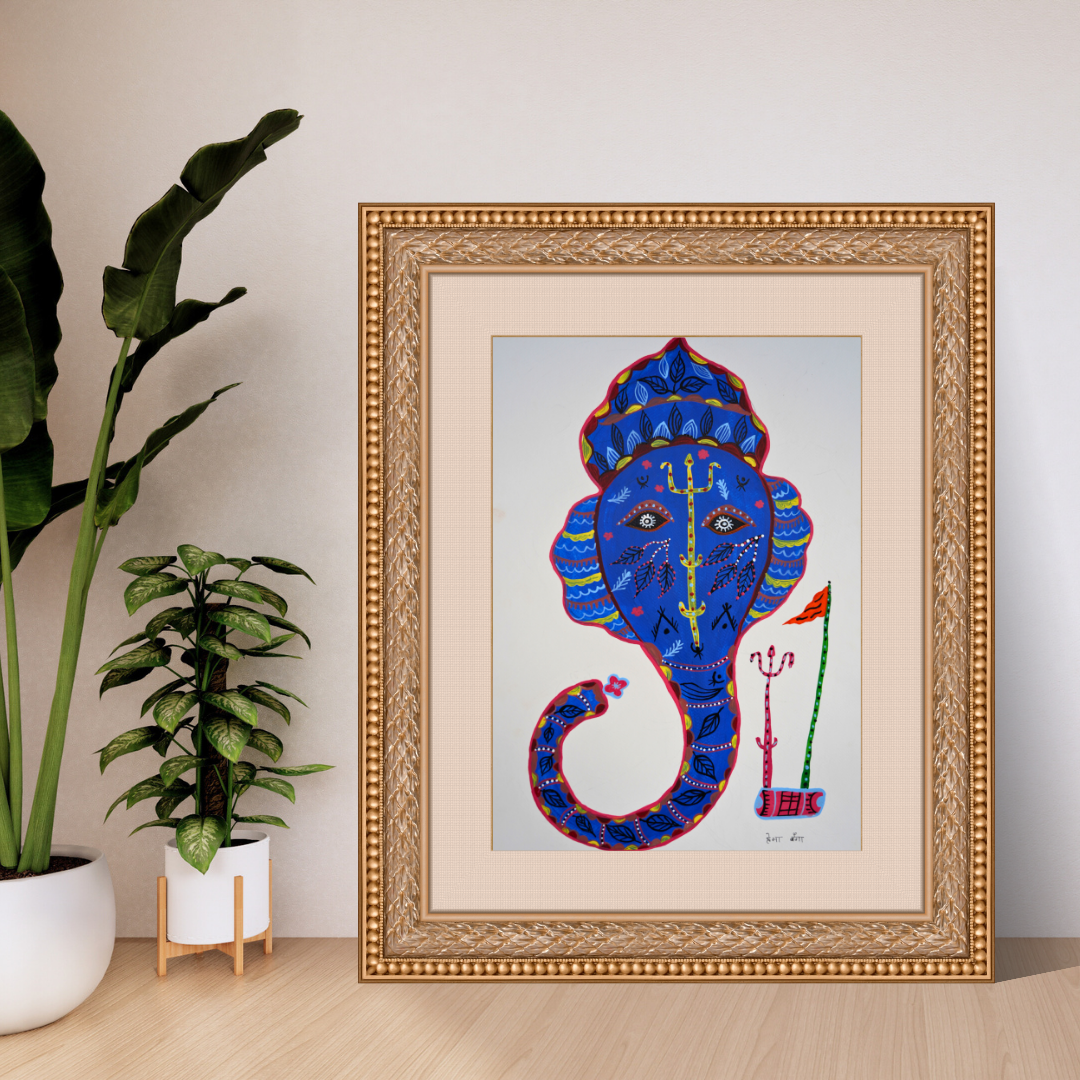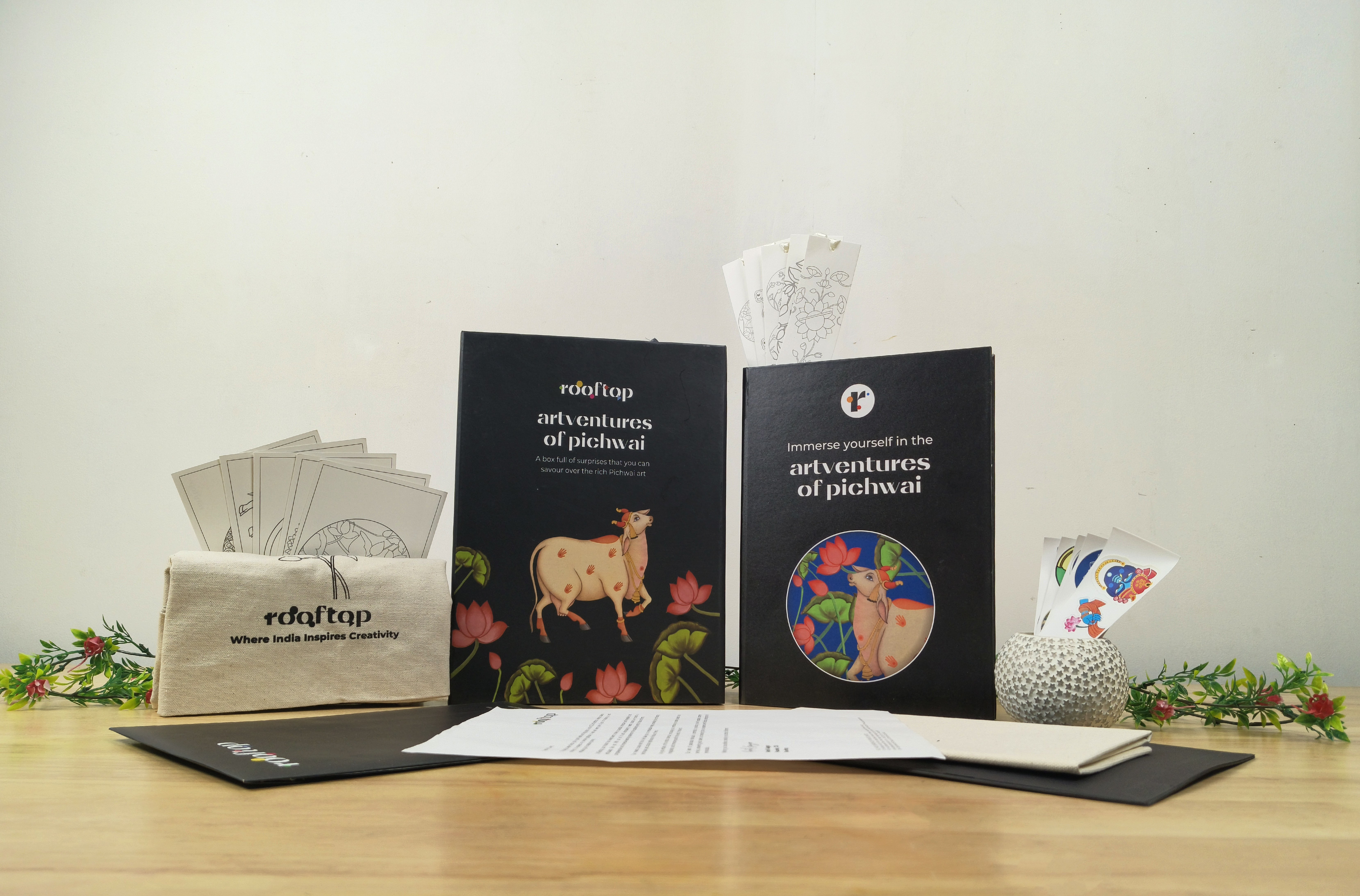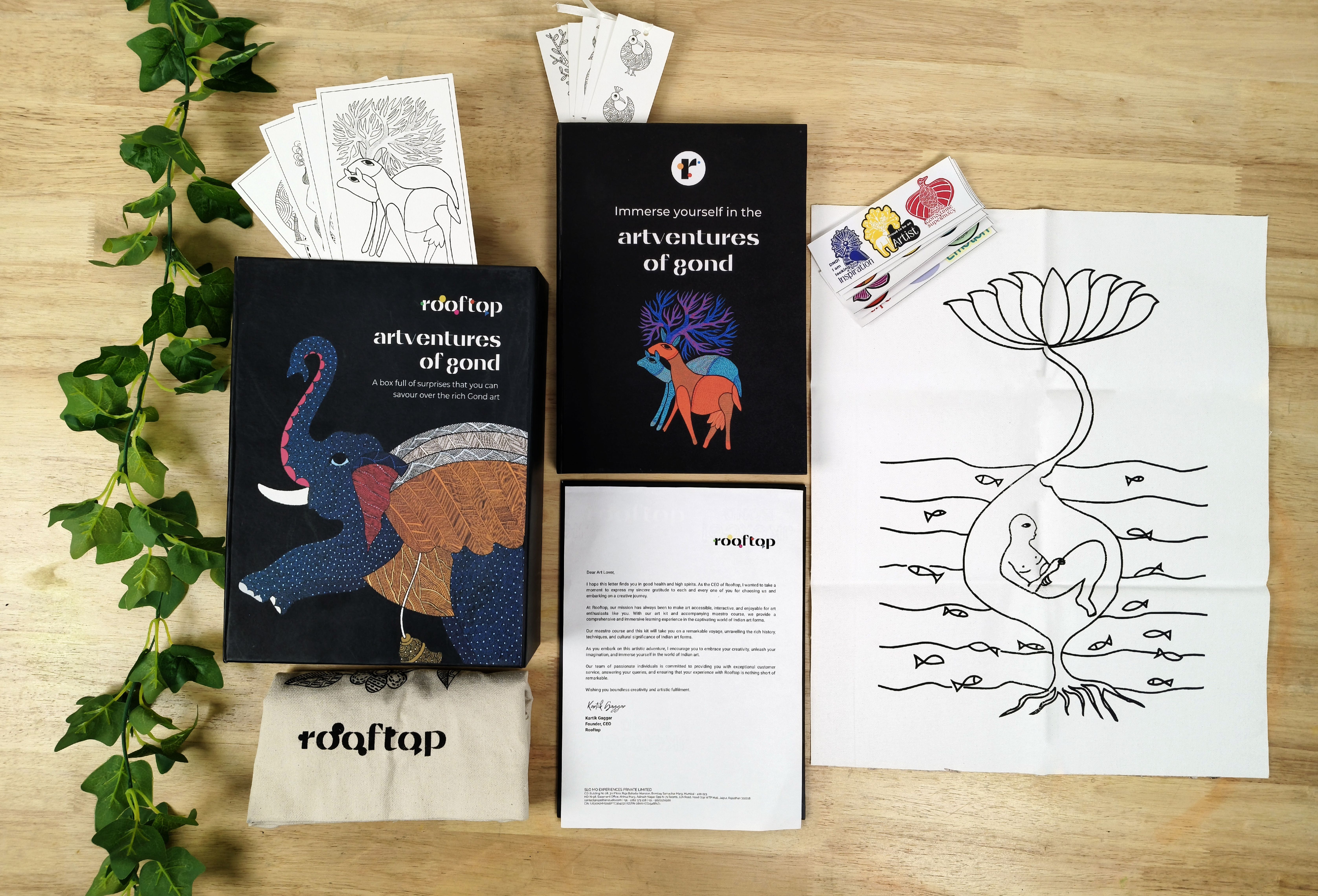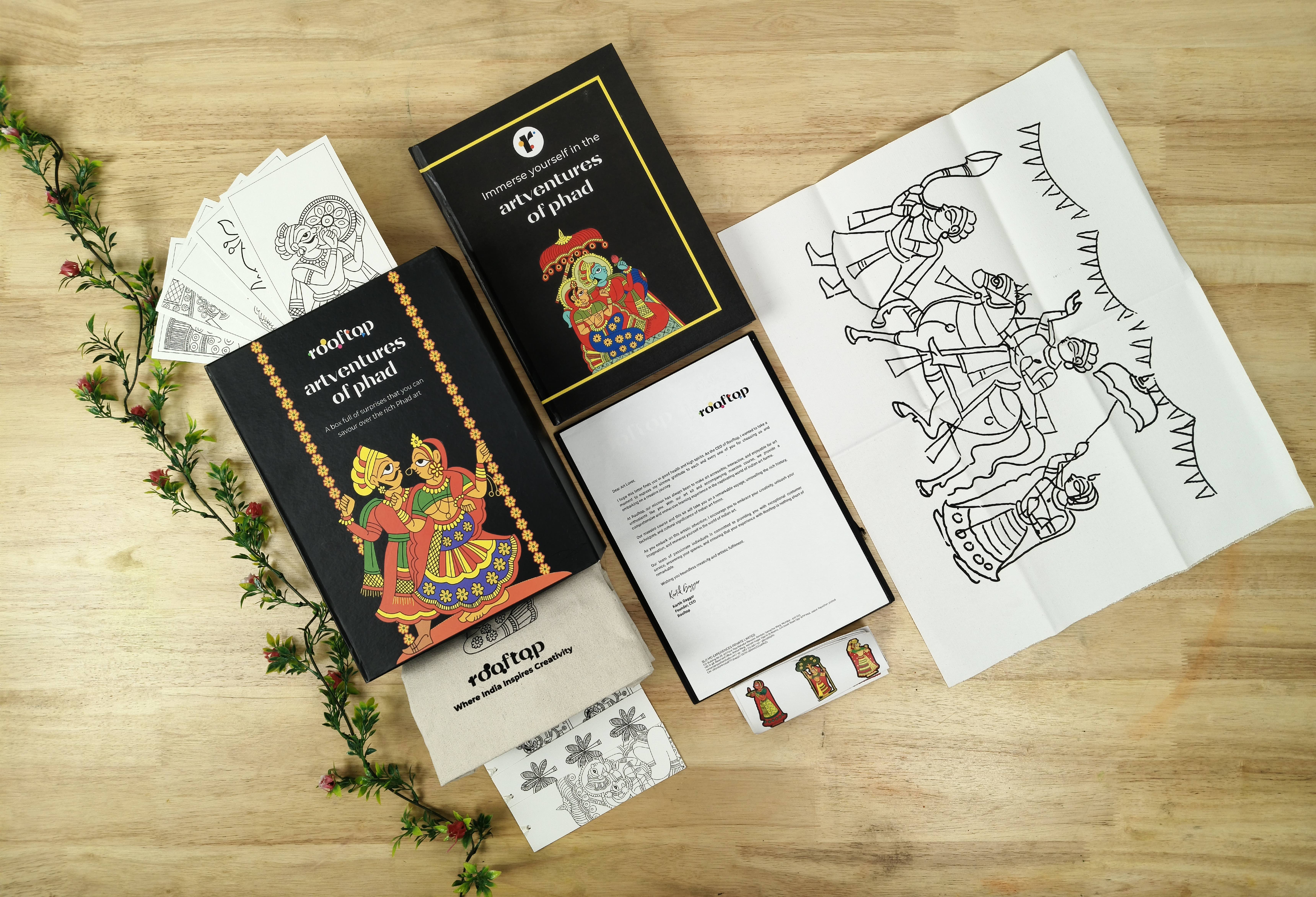Ganesh Ji 8
Made to OrderProduct Highlights
The tribal interpretation of Ganesh Ji reflects Baiga artistic identity by incorporating indigenous elements, symbolism, and vibrant, earthy colors that align with the tribe’s connection to nature and spirituality. Unlike mainstream depictions, the Baiga representation emphasizes Ganesh role as a remover of obstacles and a protector of the forest, with the artwork often featuring natural motifs and dynamic forms that reflect the tribe's reverence for the natural world and their ancestral beliefs. This unique interpretation underscores the blending of traditional Hindu iconography with the Baiga.
Q: What is Baiga painting?
A: Baiga painting is a traditional art form created by the Baiga tribe in central India. It features nature-inspired designs like animals, trees, and geometric patterns, often symbolizing spirituality and harmony with nature. The paintings are made using natural materials such as clay or rice paste and are used in rituals and ceremonies.
Q: What materials are used in the creation of your Baiga paintings?
A: Baiga paintings are made using white clay, rice paste, and natural pigments from plants and earth. Artists use brushes made from twigs or other natural tools.
Q: How should I care for my Baiga painting?
A: To care for your Baiga painting: 1. Keep it away from direct sunlight to prevent fading. 2. Store in a dry place to avoid moisture damage. 3. Dust gently with a soft cloth or brush. 4. Frame it to protect it from dirt and damage. 5. Avoid touching the painted surface to keep it clean.
Q: Are the paintings framed or unframed?
A: Baiga paintings are usually unframed but can be framed for display and protection if desired.
Q: Can I commission a custom Baiga painting?
A: Yes, you can commission a custom Baiga painting. Many artists are open to creating personalized works based on your preferences, such as specific themes or designs, while still following the traditional style.



